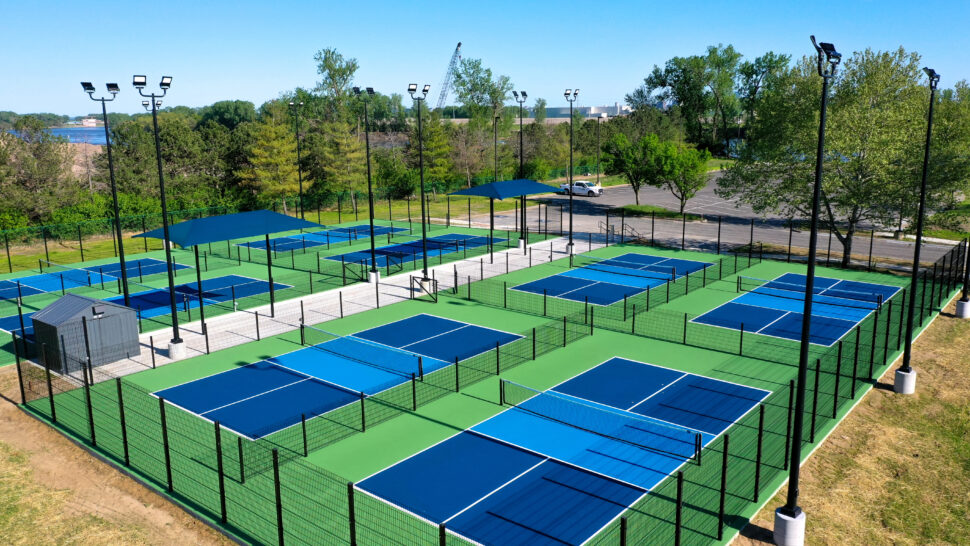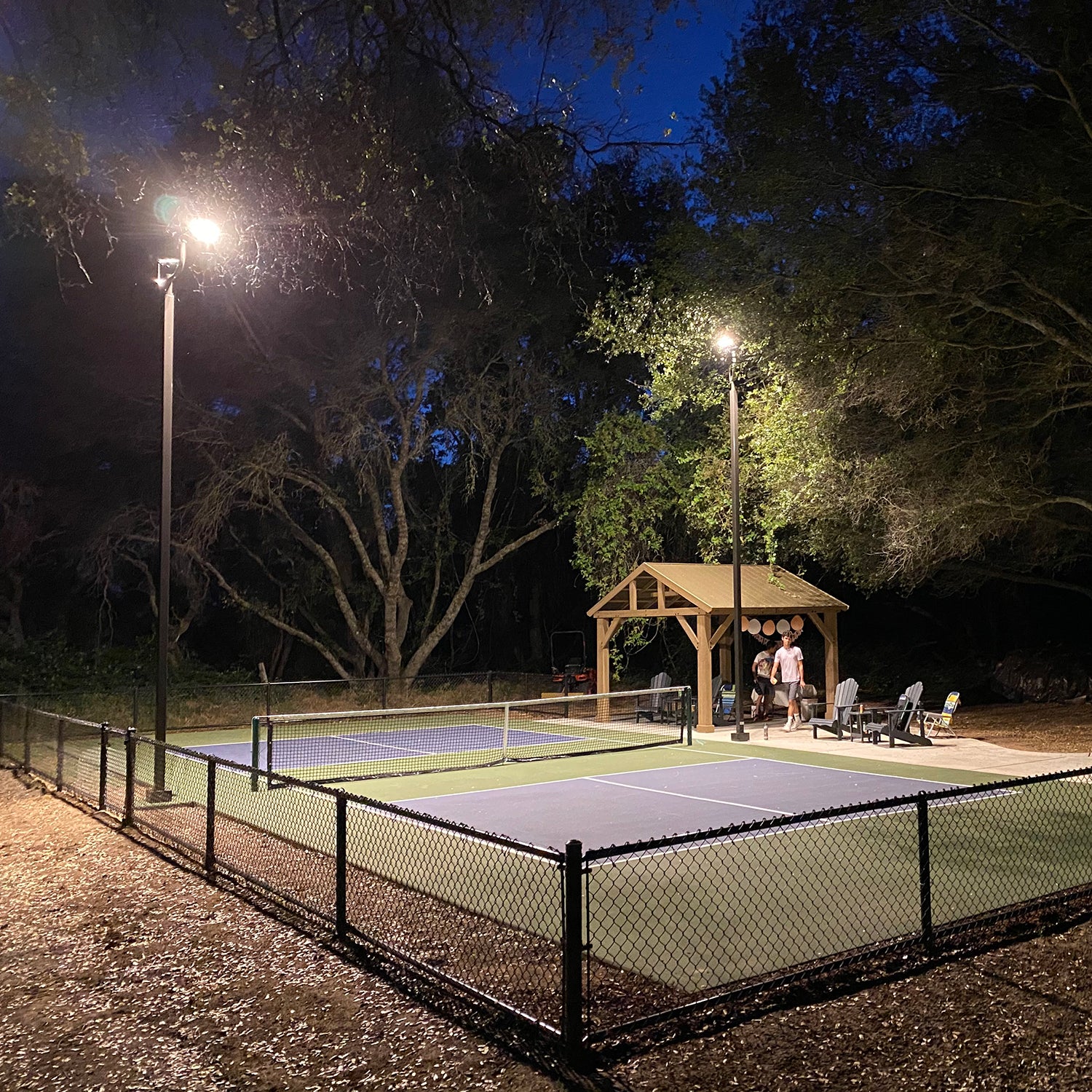Navigating Regulations for Pickleball Court Building in Your Location
Building a pickleball court in your area requires a nuanced understanding of different regional regulations, including zoning regulations, structure authorizations, and security requirements. Involving with regional authorities and the community is essential for ensuring compliance and promoting assistance.
Comprehending Regional Zoning Regulations
When taking into consideration the construction of a pickleball court, understanding regional zoning regulations is essential to ensuring conformity and staying clear of possible legal issues. Zoning guidelines dictate how land can be made use of and frequently include specifications associated to entertainment facilities. These legislations can differ dramatically by municipality, influencing elements such as court placement, sound, lighting, and size levels.
Prior to initiating building and construction, it is vital to get in touch with the regional zoning board or planning division to identify the particular guidelines that relate to your property. Particular zones may limit leisure tasks, while others may need certain authorizations or adherence to particular standards. It is also essential to take into consideration troubles, which establish exactly how far structures must be from building lines or other buildings.
Additionally, personal developments, such as house owner associations (HOAs), might impose their very own regulations regarding the building and construction and use of pickleball courts. Comprehending these policies can stop expensive modifications or litigation down the line. Involving with local stakeholders and community participants can supply useful understandings and foster assistance for your task, guaranteeing that it aligns with the community's needs and expectations.
Acquiring Necessary Building Permits
Just how does one browse the intricacies of acquiring essential structure licenses for a pickleball court? Commonly, you will require to submit a comprehensive site plan that outlines the recommended court measurements, products, and design.

When authorizations are obtained, it is essential to follow any evaluation schedules and demands throughout the construction stage. Maintaining interaction with local authorities will certainly help with a smoother approval procedure and assistance prevent prospective obstacles. By extensively preparing and understanding the allowing landscape, you can effectively browse the complexities included in creating a pickleball court while remaining certified with all neighborhood policies.

Assessing Environmental Effect
When intending the building of a pickleball court,A detailed assessment of environmental influence is necessary (Pickleball court construction). This evaluation helps determine prospective impacts on regional ecological communities, water sources, and area aesthetic appeals. Key aspects to take into consideration include site option-- making sure that the court is not improved ecologically sensitive land, such as marshes or environments for endangered varieties
Soil security and water drainage patterns need to be examined to stop erosion and water pooling, which could negatively affect surrounding plant life and wild animals. Additionally, the choice of products is important; going with lasting and environment-friendly choices decreases ecological harm.
The execution of efficient stormwater management practices is an additional important aspect, as it aids reduce overflow and sedimentation. Engaging with neighborhood environmental companies can supply beneficial understandings right into laws and best practices specific to your area.
Last but not least, neighborhood input can be beneficial in comprehending any local environmental worries and cultivating support for the task. By conducting an extensive environmental effect assessment, stakeholders can make certain that pickleball court building lines up with sustainable practices and contributes favorably to the community's environmental wellness.
Conforming With Safety Specifications
Guaranteeing conformity with safety and security requirements is important visit this site for the successful building and construction and procedure of a pickleball court. Following well-known security regulations minimizes the threat of accidents and injuries, guaranteeing a safe and secure environment for players.
Secret security standards consist of correct court measurements, surface area products, and lighting requirements. The court must meet the main dimensions of 20 feet vast by 44 feet long for increases play, with proper buffer areas to avoid injuries from errant rounds. Pickleball court construction. The surface needs to be built from non-slip products to boost grip and reduce the likelihood of drops
Furthermore, lighting has to suffice for night play, providing consistent illumination to prevent darkness that can impede visibility. Local building ordinance may also dictate specific requirements for secure fencing and web elevation to make sure player security and avoid unapproved accessibility to the court area.
Routine examinations and maintenance are important to promote these standards over time. By prioritizing safety and security compliance, court proprietors not just secure players however also cultivate a positive credibility within the community. This dedication to safety and security can urge better participation and satisfaction of the sport, inevitably adding to its growth and sustainability.

Engaging the Neighborhood in Preparation
Community participation in the planning phases of go to this web-site pickleball court building can substantially improve the job's overall success. Engaging local residents and stakeholders promotes a feeling of possession and urges joint decision-making, which can bring about more comprehensive support for the campaign.
To effectively involve the neighborhood, organizers must launch public conferences or workshops, supplying a system for residents to articulate their point of views and preferences relating to area, design, and amenities. Surveys and comments forms can also be used to collect insights from a bigger audience, guaranteeing that diverse point of views are taken into consideration.
Additionally, forming a community board of advisers can promote continuous conversations and address concerns throughout the planning process. This board can include representatives from different demographics, such as local institutions, recreational organizations, and area organizations, therefore amplifying neighborhood representation.
Effective interaction is essential; updates about the job should be routinely shared by means of e-newsletters, social media sites, or local publications. By focusing on community interaction, planners can grow interest, minimize prospective resistance, and create a pickleball facility that really reverberates with regional worths and requirements. This collaborative technique not only enriches the project yet additionally reinforces neighborhood ties.
Conclusion
In final thought, navigating the complexities of pickleball court building demands a comprehensive understanding of regional guidelines, consisting of zoning regulations, structure authorizations, and safety criteria. Conducting environmental analyses is vital to minimize environmental impact, while area involvement can enhance support for such projects. By adhering to these standards and promoting collaboration, effective application of pickleball courts can be achieved, advertising entertainment opportunities and neighborhood well-being. Proceeded persistance in these areas will make certain lasting and certified development.
Creating a pickleball court in your area needs a nuanced understanding of numerous regional regulations, consisting of zoning legislations, structure authorizations, and safety standards.When taking into consideration the construction of a pickleball court, comprehending neighborhood zoning laws learn this here now is important to making certain compliance and preventing potential lawful issues. By extensively preparing and comprehending the permitting landscape, you can effectively navigate the complexities included in creating a pickleball court while remaining compliant with all regional policies.
In conclusion, navigating the complexities of pickleball court building requires an extensive understanding of neighborhood laws, including zoning laws, structure licenses, and security criteria. By sticking to these guidelines and promoting cooperation, successful implementation of pickleball courts can be accomplished, promoting recreational opportunities and community health.